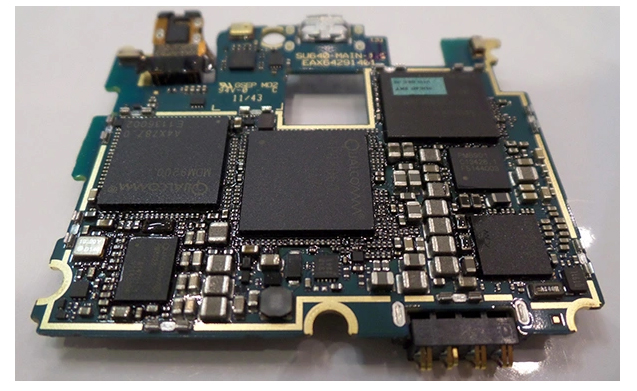Electronic components are the core components of electronic systems, playing important roles such as converters, controllers, and amplifiers that convert electrical energy, signals, mechanical energy, etc. into other forms of energy. In this article, we will introduce the classification and main functions of electronic components, hoping to have significant reference value for readers.
Classification of electronic components
Classification by Function
(1) Power supply components: including switching power supply components, voltage stabilizing power supply components, charger components, etc.
(2) Input and output components: including sensors, comparators, counters, timers, etc.
(3) Control components: including microcontroller, integrated circuit, thyristor, etc.
(4) Communication components: including antennas, cables, filters, amplifiers, modems, etc.
(5) Display components: including displays, display screens, indicators, etc.
(6) Energy management components: including battery management chips, power management chips, etc.
Classification by Material
(1) Silicon devices: including silicon diodes, silicon transistors, etc.
(2) Germanium devices: including germanium diodes, germanium transistors, etc.
(3) Ceramic devices: including ceramic packaging devices, ceramic capacitors, etc.
(4) Glass devices: including glass packaging devices, glass capacitors, etc.
(5) Organic devices: including organic diodes, organic transistors, etc.

The main functions of electronic components
Power components
Power components are mainly used to control and regulate the voltage and current of the power supply, converting alternating current into direct current, or converting direct current into alternating current, in order to provide the power required for electronic systems. Common power components include switching power supply components, voltage stabilizing power supply components, charger components, etc.
Input and output components
Input and output components are mainly used for inputting and outputting signals, connecting sensors, calculators, and other input devices with electronic systems. Common input and output components include sensors, comparators, counters, timers, etc.
Control components
Control components are mainly used to control the operation of electronic systems, such as starting, stopping, reversing, etc. Common control components include microcontrollers, integrated circuits, thyristors, etc.
Communication components
Communication components are mainly used for signal transmission and reception, including antennas, cables, filters, amplifiers, modems, etc.
Display components
Display components are mainly used to display the status and information of electronic systems, such as displays, display screens, indicators, etc.
Energy management components
Energy management components are mainly used to manage the energy usage of electronic systems, such as battery management chips, power management chips, etc.
Sensor components
Sensor components are electronic components that convert physical quantities (such as temperature, pressure, humidity, etc.) into electrical signals. They are widely used in various electronic devices and systems, such as air conditioners, refrigerators, washing machines, etc. The main function of sensing devices is to detect and control physical quantities, and convert the detection results into electrical signals for electronic system processing.
optical device
Optical components include lenses, prisms, filters, etc., used to convert optical signals into electrical signals or control the direction of light propagation. They are widely used in electronic devices such as projectors, cameras, and telescopes.
Magnetic components
Magnetic components include motors, transformers, chokes, etc., used to convert electrical energy into mechanical energy or convert mechanical energy into electrical energy. They are widely used in various electronic devices and systems, such as televisions, audio systems, computers, etc.
Other components
In addition to the aforementioned components, there are also some other types of electronic components, such as capacitors, inductors, diodes, integrated circuits, etc. These components play different roles in different electronic devices and systems, and are important components for the normal operation of electronic systems.
Overall, electronic components are an indispensable component of electronic systems, which achieve the normal operation of electronic devices and systems by converting electrical energy, signals, mechanical energy, etc. into other forms of energy. Understanding the classification and main functions of electronic components helps us better understand and design electronic systems.

